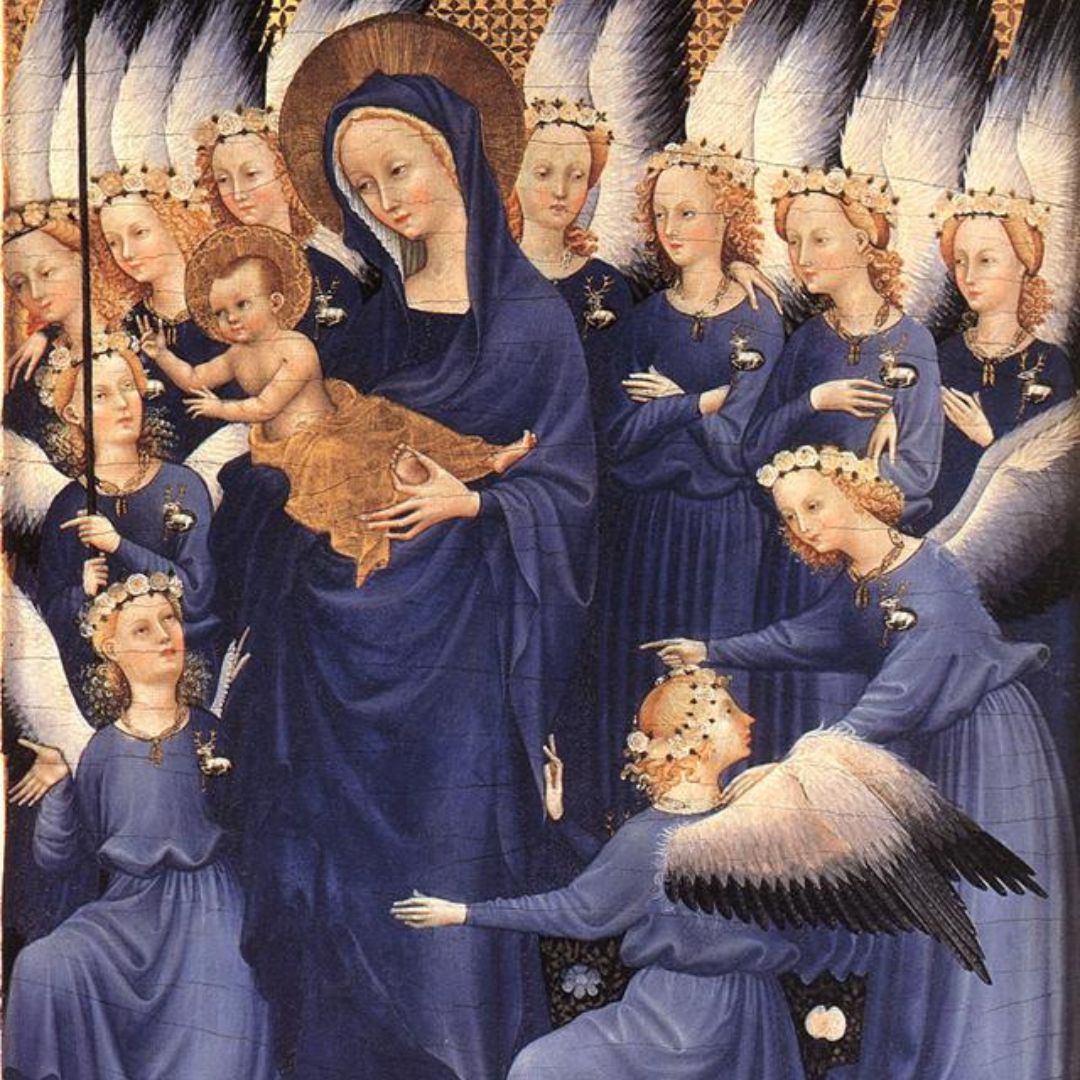The relationship between color symbolism and religions has been significant throughout history
Pigments have played an important role in religious practices around the world, including: symbolism, decoration of places of worship and religious iconography.
In this article we’ll look at some examples of color symbolism associated with religion throughout history.
Based on the online course History of Pigments in Art - by Aida Martinez
Some examples of color symbolism in religion
Symbolism
Pigments – colors -have been used in different religions as symbolic and expressive tools, providing meanings and visual representations through their use in iconography.
In Aboriginal art, the relationship between color, geography and religion are closely linked.
Aboriginal cultures, present in different regions of the world, have developed unique artistic expressions that reflect their deep connection to the land, spirituality and religious beliefs.

Pictographs known as Wandjina in the Wunnumurra Gorge, Barnett River, Kimberley, Western Australia
For Aboriginal communities, the land is sacred and is considered a living, spiritual entity.
The colors used in these representations are often derived from natural pigments present in the region, reinforcing the link between color, nature and the geography of the place, between spirituality and the sacred.
In the polychrome Greek sculptures, color was not merely decorative, but had an important symbolic charge.
One of the most common pigments used in Greek religious art was red ochre, obtained from iron oxide.

Color symbolism in Ancient Greece
This color symbolism was associated with life, vitality and divine strength.
In addition to red ochre, other pigments were used, such as lime white (based on calcium carbonate) to represent purity and divinity; Egyptian blue (based on copper silicate) to symbolize heaven and eternity; and black (based on charcoal) to represent solemnity and death.
The use of pigments in sacred books has been a common practice throughout history
In the Christian context, pigments were used in illuminated manuscripts, such as the Gospels or the Psalters.
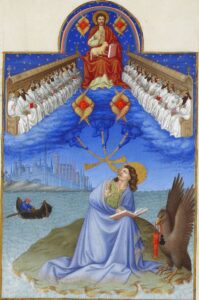
Pigments of mineral and vegetable origin were used, such as ultramarine blue and cinnabar red, among others with their own meaning.
Each pigment had its own color symbolism and associated meaning, allowing for a richer and more evocative visual representation of religious stories and messages.
In other religious traditions, such as Hinduism or Buddhism, pigments have also been used in sacred books and prayer scrolls.
These pigments often reflect the specific color symbolism of each tradition, such as the use of the color saffron in Buddhism to represent enlightenment.
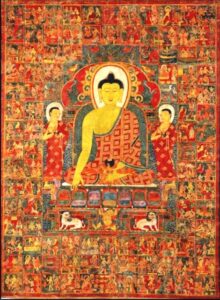
In various cultures and times, prohibitions or restrictions were imposed on the mixing of natural colors in the context of art
In many cases, these prohibitions have to do with cultural and color symbolism considerations.
For example, in Islamic art, particularly in the field of illustrating manuscripts and decorating mosques, the mixing of colors such as green and blue was limited due to their association with the natural world and the celestial world, respectively.
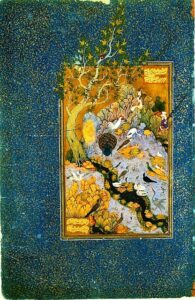
Decoration of places of worship
The decoration of places of worship has been an important manifestation of religion and has used a wide variety of pigments to create sacred and symbolic environments.
Pigments have played a crucial role in artistic expression and visual communication in the religious context.
Each religion and tradition has its own color symbolism and meanings.
In Egyptian art, whose art is totally linked to religion
Egyptian blue was used in wall paintings, statues and reliefs, with a characteristic blue-green hue that was associated with fertility, rebirth and eternal life.
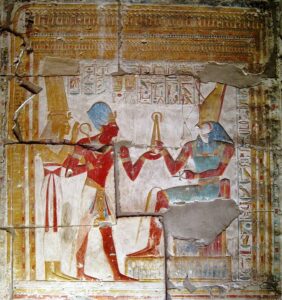
Religious iconography
The type of pigment used in iconography directly affects the color symbolism and meaning of religious representations.
Some Christian theologians claim that God is the creator of the universe and all things, including pigments and colors.
From this perspective, pigments can be considered part of God’s creation, thus reflecting the beauty and diversity of God’s work.
Hildegard von Bingen (1098-1179)
She was a German mystic, theologian and composer who made important contributions in various fields.
In her works “Physica” and “Causae et Curae” , Hildegard addressed the subject of pigments, color symbolism and their relationship with nature and health.
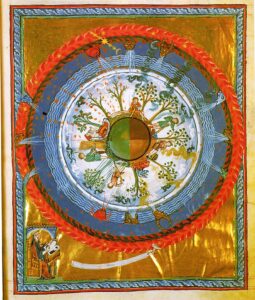
Hildegard considered colors to be a divine manifestation and each color to have a unique spiritual and healing quality. She introduced various aspects of the color symbolism in religious representations.
For example, Hildegard associated ultramarine blue, obtained from lapis lazuli, with the element of heaven and associated it with the virtue of mercy.
Thanks to this and other works, from the 12th century onwards, this pigment began to be used on the Virgin Mary’s mantle and changed the color symbolism in her representation.
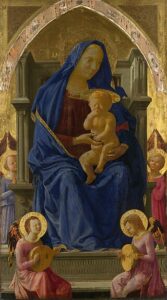
The Virgin and Child
The blue robes of the Virgin Mary by Masaccio (1426) were painted with ultramarine blue
Online course – History of pigments in art
The history of pigments has been part of artistic creation from prehistoric times to the present day and is of enormous importance for analyzing works of art.

